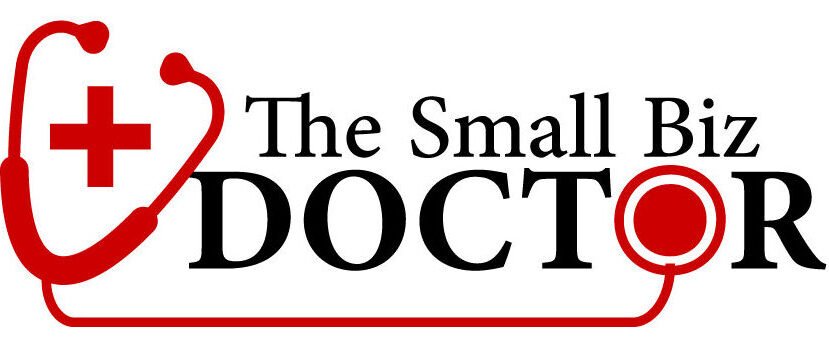
Understanding Business Expenses
As a small business owner, keeping your finances organized is critical to success. One foundational skill can make all the difference: categorizing business expenses correctly. Whether you’re staring at a confusing bank feed in QuickBooks or wondering what qualifies as a tax deduction, this guide will walk you through the process.
In this article, you’ll discover:
- Why proper expense categorization is essential
- Common business expense categories
- A step-by-step process to categorize expenses
- Mistakes to avoid
- Tools to streamline the process
Let’s dive into this step-by-step guide to help you master expense categorization and gain financial clarity.
Step 1: Why Categorizing Business Expenses Matters
Properly categorizing expenses isn’t just about neat bookkeeping—it’s a game-changer for your business. Here’s why:
- Track spending: Understand exactly where your money goes each month.
- Maximize deductions: Ensure you claim every tax-deductible expense.
- Accurate reporting: Generate reliable financial reports for investors, banks, or tax purposes.
- Smarter decisions: Make informed choices based on real data.
- Audit readiness: Stay prepared for IRS audits with organized records.
Misclassifying even a few transactions can skew your profit and loss statement, potentially costing you money at tax time. By categorizing expenses correctly, you set a strong foundation for financial clarity.
Keyword tip: Search terms like “how to categorize business expenses” and “small business bookkeeping” are popular among entrepreneurs. This guide is optimized to answer those queries.
Step 2: Common Business Expense Categories
To categorize expenses effectively, you need to know the standard categories recognized by the IRS and used in accounting software like QuickBooks Online. Below are the most common ones:
| Category | Examples |
|---|---|
| Advertising & Marketing | Social media ads, email marketing tools, business cards |
| Office Supplies | Paper, ink, printers, pens |
| Professional Services | Bookkeepers, CPAs, legal consultants |
| Travel | Flights, hotels, meals while traveling |
| Utilities | Internet, phone, electricity (for office) |
| Meals & Entertainment | Business lunches (50% deductible) |
| Rent or Lease | Office rent, equipment leases |
| Insurance | Liability insurance, professional coverage |
| Payroll & Contractors | W-2 employees, 1099 contractors |
| Cost of Goods Sold (COGS) | Inventory, packaging, raw materials |
Pro Tip: Service-based businesses may not use COGS but should include categories like software subscriptions, education, or subcontractors.
Step 3: Set Up Categories in QuickBooks Online
If you’re using QuickBooks Online (QBO), setting up expense categories is straightforward. Follow these steps:
- Navigate to the Chart of Accounts (Gear icon > Chart of Accounts).
- Review the default categories—avoid creating unnecessary ones.
- Add subcategories only when needed (e.g., “Marketing > Social Media Ads”).
- Align categories with IRS Schedule C guidelines unless your tax professional advises otherwise.
- Assign transactions to the correct category under the Banking tab.
Time-Saver: Set up bank rules in QBO to automatically categorize recurring expenses like Canva, Zoom, or Adobe subscriptions. This reduces manual work and ensures consistency.
Step 4: Stay Consistent with Categorization
Consistency is key to accurate bookkeeping. Follow these best practices:
- Use the same categories every month to maintain clean records.
- Avoid creating too many custom categories, as this can clutter your reports.
- Review your Profit & Loss report monthly to spot misclassifications.
- Save receipts (digital or physical) to match expenses with categories.
If you plan to hire a bookkeeper later, consistent categorization makes the transition seamless. Services like The Small Biz Doctor, LLC can take over organized books and keep them audit-ready.
Step 5: Avoid Common Categorization Mistakes
Steer clear of these pitfalls to keep your books in top shape:
- Mixing personal and business expenses: Always use a separate business account.
- Misclassifying large purchases: Equipment may need to be capitalized, not listed as office supplies.
- Duplicating categories: Avoid similar names like “Subscriptions” and “Online Services.”
- Ignoring “Uncategorized” transactions: These can distort your financial reports.
- Neglecting rule updates: Review and refine bank rules regularly.
By avoiding these mistakes, you’ll save time and reduce stress during tax season.
Step 6: Review and Refine Monthly
Set aside 15-30 minutes each month to maintain your expense categories. Here’s your checklist:
- Review categorized expenses for accuracy.
- Analyze your Profit & Loss statement for insights.
- Clear out any “Uncategorized Expenses.”
- Update or delete outdated bank rules.
- Consult your bookkeeper or CPA about unclear transactions.
This small routine delivers big results, helping you stay on top of your finances.
Final Takeaway: Build Financial Clarity with Proper Categorization
Messy books aren’t your fault—most small business owners aren’t taught how to categorize expenses. But with this step-by-step guide, you can take control of your finances, produce accurate reports, and feel confident during tax season. Your CPA will thank you, and you’ll gain peace of mind running your business.
Need Expert Help?
At The Small Biz Doctor, LLC, we specialize in organizing messy books, setting up clear expense categories, and optimizing QuickBooks Online for small businesses. Let us help you achieve financial clarity.
Book a consultation: www.smallbizdoctor.com
Have a quick question? Message us directly!




